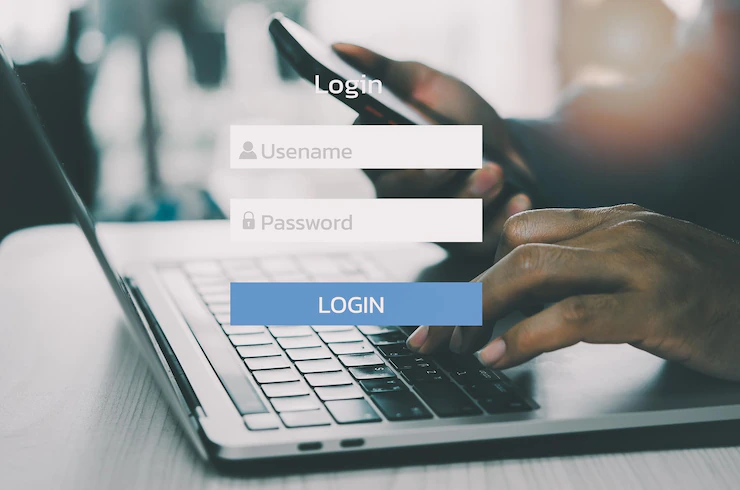Are Usernames And Passwords Becoming Obsolete?
3 Mins Read
Published on: 28 May 2022
Last Updated on: 30 May 2022

toc impalement
The password security debate has raged for years, with some arguing that passwords need to be strengthened and others saying that usernames and passwords are already outmoded by more secure two-factor authentication methods.
The truth is that most people are opting to use a mix of different login features. However, while they may not be completely outdated, the time may be fast approaching when a “username/password” login combination will no longer exist.
Additional Security Features
It may seem hard to imagine a world where usernames and passwords are obsolete and it will be some time before this happens across all accounts. However, with the increasing options for digital identity solutions, we are now seeing usernames and passwords as just one element needed to log into an account.
Benefits of Two-Factor Authentication (2FA)
One of the most beneficial aspects of 2FA is ensuring that hackers do not get access to your user profile on an online service. With a strong password and an additional security method (such as a username and/or more complex password), hackers can be thwarted from stealing your information.
The best 2FA uses an authentication app. When set up with the details of the account you want to log into the app can generate a unique code that confirms you have access to the account holder’s mobile device, making it far harder for hackers to gain access to your details.
Other forms of 2FA are considered vulnerable to hacking, for example, codes sent by email or text can be intercepted and the code extracted.
In the UK the National Cyber Security Centre (NCSC) has encouraged the public to deploy 2FA where available. In a recent report, they said: “We strongly recommend that people sign up to two-factor authentication when they can like a piece of prudent advice.”
Despite this, there are still concerns surrounding 2FA – this is mainly around user experience and ease of use. Some users don’t like using 2FA systems because they want to be able to access their accounts from any device and not have to carry around other devices, such as an authentication app on their phone or key fob for authenticators.
Related Resource: Protect Your Information With PDFBear’s Password-Protect Tool.
The Next Step – 3 Factor Authentication (3FA)

3FA requires the user to provide credentials from three separate categories. These typically include:
1. Knowledge
Typically this is the username and password.
2. Possession
Owning a device that provides part of the log-in details – e.g. a code from an authenticator app.
3. Inherence
Inherence factors include traits such as biometrics.
Many users already have 3FA without even realizing it. For example, users that have adopted authenticator apps as part of a 2FA process may also have to provide biometric information to open the authenticator.
Over the next few years, we will see a rise in 3FA authentication. In addition, this will be blended with biometrics, such as facial recognition or fingerprint scanning. This move is being pushed by the likes of Google and Apple.
One of the challenges for organizations is that there are so many different types of authenticators available that it is difficult to ensure users can access their accounts from all devices.
To combat this, some companies are adopting API-based two-factor authentication. This allows developers to use the provider’s API to improve user experience and development costs are not high as users do not have to install authenticator apps on their devices.
Read Also:


















Comments Are Closed For This Article